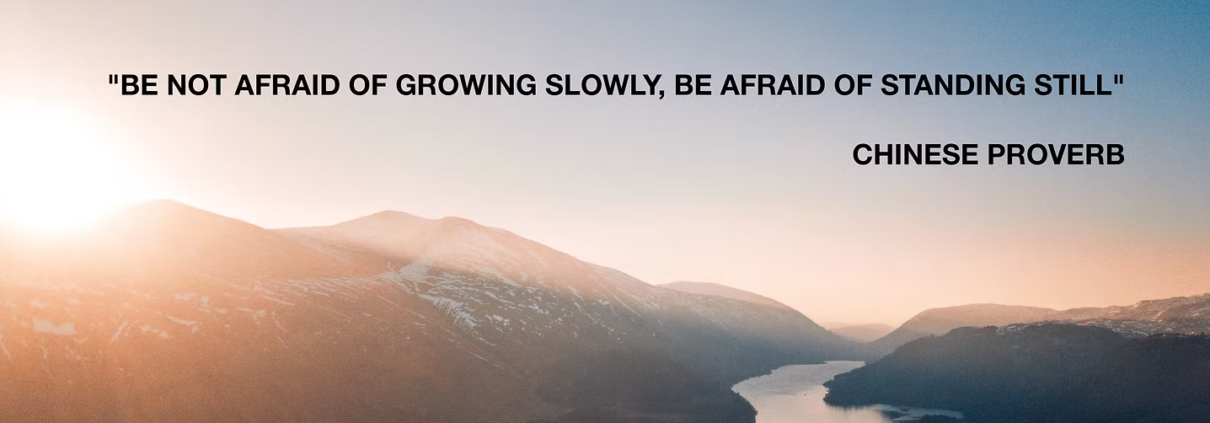I am an optimist.
Is this a bad thing?
Well, I hear a conversation happening in many circles right now.
Just think positively. Or… Feeling down? Engage in uplifting self-talk. Or… Everything happens for a reason. Or… Choose to be happy.
None of these sentiments, on their surface, are bad things, but I do want to caution you about being overly-optimistic.
But, have you ever even heard of being “overly-optimistic” or “too positive” or “too resilient”? Is this even a thing?
Let’s dissect this concept a bit.
What’s Happening Behind Toxic Positivity
There are many people out there who engage in a consistently positive attitude, no matter the reality. They believe complete positivity is the answer to achievement and to avoiding failure, to attracting the “right” relationships and to moving through life unhurt and without fear. They believe that since we can make a choice to be happy and just be happy, that we should.
Don’t get me wrong. I love joy! However, when positivity, optimism and resilience are solely manufactured, I believe it is time to step back and take stock.
But, Maria [you may be thinking to yourself]… if I’m not working at being optimistic all of the time, then I am bound to feel… well… a whole range of other emotions. Like…even negative emotions! I might feel sad or bad or unhappy or jealous or angry or frightened or disillusioned or concerned or melancholy or…
Yes, I get the idea. And yes, this is true.
But to live in a state of forced positivity and to white-knuckle ourselves to happiness is counter-productive to our growth, our truth and our peace.
To force positivity is to deny reality. And this creates a distance between those who try to do this and their friends, family, colleagues, and acquaintances, because individuals who force this positivity will appear to be out of touch with an entire range of emotions. They often lack an understanding of how people can be upset or hurt. They can lose their compassion and their empathy.
In my practice, when I engage people experiencing negative emotions, I let them know this is okay. After all, this is what really makes us different from any kind of species: we have our emotions. I do not suggest my clients reframe negative emotions or talk themselves out of them. That would only serve to deny their experience.
Negative emotions are something we need to understand and acknowledge. To explore. And even sometimes to savor.
We can sit with not only the what of the emotion, but the why of the emotion.
Negative Emotions
We’ve traditionally viewed negative emotions as indicators that something isn’t functioning as it should. Sometimes, we may even feel ashamed for experiencing them. In practice, I’ve observed that male clients are surprisingly more willing to explore their negative emotions, whereas female leaders tend to deny them by ignoring or suppressing. The reasons for these observed differences could be the subject of another blog post. For now, I want to emphasize that negative emotions are invaluable; they prompt us to analyze and reflect.
Let me reiterate for everyone: Emotions have often been viewed as indicators or built-in reactions. However, they are not your permanent state. And here’s a fascinating twist: our nervous system doesn’t categorize emotions into ‘bad’ and ‘good.’ This insight invites us to reevaluate our emotions repeatedly.
But what if we shift our perspective, following the insights of Lisa Feldman Barrett, and see our emotions not just as indicators but as predictions? This understanding transforms our approach. Emotions then become our brain’s predictions based on past experiences, suggesting how we might react to similar situations in the future.
So, let’s take these negative emotions we experience. Instead of ignoring them, let’s understand them as predictions and use them to our advantage. Initially, let’s acknowledge them without attempting to dissect each one. Then, let’s examine these emotions under a new light: What do I predict? How can this foresight serve me? What does it teach me about my anticipated reactions? What insights do I gain about myself that were previously obscured?
To move beyond these predictions and not let them define our reactions, we can engage in activities such as breath exercises, meditation, or physical activities. These practices help us to reframe and rewire our brain’s predictive models. We’ll be optimists, but of a different kind—thoughtful and conscious.
Remember, reevaluating our emotions as predictions isn’t a quick fix. While we might outsmart our brain temporarily, our body’s wisdom isn’t easily bypassed.
This approach is a choice. A powerful choice. You decide how to interpret and use these predictive emotions. You can release them, or you can explore and play with these anticipatory feelings—mindful, though, not to let them deplete your energy.
For a deeper understanding of emotions as predictions, I highly recommend checking out Lisa Feldman Barrett’s insightful explanations on this topic.
Time to Reflect
The next time you feel a negative emotion surfacing, see what it feels like not to stuff it down, not to reframe it immediately, not to suppress it, or push it aside in the name of (toxic) positivity.
Explore what it feels like to acknowledge it. To examine it. To peel it back a bit and uncover something valuable from it. To thank it for providing some insight for you.
And then, to start planting the seeds for new, better predictions. You’re the only person who can make changes in your life.
Believing in you,
Maria












